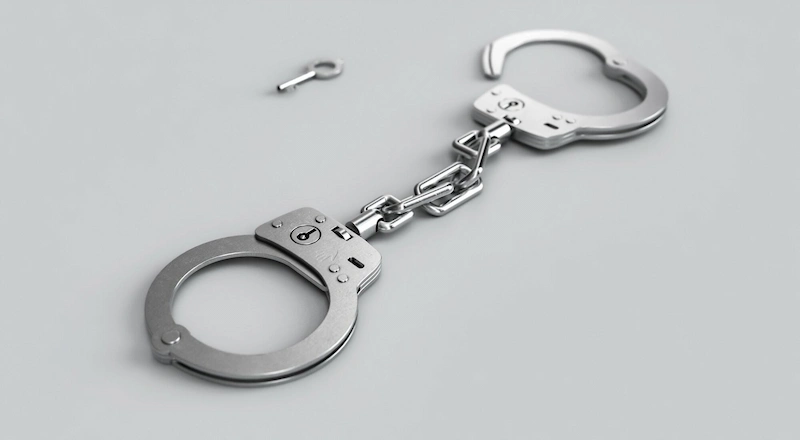Table of Contents
Being falsely arrested can turn your world upside down, leaving you confused and overwhelmed. But you don’t have to face it alone or accept it as just bad luck. Suing for false arrest is your legal right and a way to stand up for yourself.
With the right steps and guidance, you can take control of the situation, work through the legal process, and fight for the justice you deserve. Let’s dive in!
Understanding False Arrest
False arrest happens when someone is detained without a valid reason or legal justification. This can include being wrongly held or charged with something you didn’t do.
It’s important to understand false arrest because it’s the foundation of your case. In the U.S., your Fourth Amendment rights protect you from illegal searches and arrests. Knowing these rights is the first step toward getting justice.
Gathering Evidence
One of the critical components of suing for false arrest is gathering solid evidence. Documentation serves as the backbone of your legal claim. Begin by collecting:
Witness Statements
Gather information from anyone who saw the arrest happen. Their account can help support your case in court.
Medical Records
If you were injured during the arrest, make sure to document all treatments. These records show the impact of the incident.
Police Reports
Request a copy of the official police report about the arrest. It provides a detailed account of what happened and why.
Video Footage
Look for surveillance cameras or cell phone videos of the arrest. This kind of evidence can be very powerful in proving your case.
Consulting a Legal Professional
Before diving into the legal process, consider reaching out to a law firm that specializes in false arrest claims, such as Smith & Jones Law. They will offer expert guidance tailored to the specifics of your case. An attorney can assist in evaluating the merits of your claim, determining potential defendants, and informing you about the procedures you need to follow.
Filing a Claim
After collecting your evidence and talking to a lawyer, you can start filing your claim. You might file a civil lawsuit or a complaint with a regulatory agency, depending on your case.
Your lawyer will help you prepare the paperwork, explaining your case, the harm caused, and what you’re asking for. Keep in mind, you have a limited time to file, as deadlines vary by state.
The Legal Process
After filing your claim, you enter the legal process, which can be lengthy and complex. Here are some steps you can expect:
Discovery
Both sides collect and share evidence to build their cases. This step ensures everything stays open and fair during the process.
Negotiations
Your lawyer may try to settle the case through discussions with the other side. Settlement negotiations can help resolve the issue without needing a trial.
Trial
If no settlement is reached, your case will go to court. A judge or jury will review the evidence and decide the outcome.
Understanding how to take action after experiencing a false arrest can empower you to seek justice effectively. By gathering the right evidence, consulting with experts, and navigating the legal process with determination, you can successfully navigate suing for false arrest. If you believe you’ve been subject to a false arrest, now is the time to act and explore your legal avenues for redress.
Is this article helpful? Keep reading our blog for more.
Want to explore something different? Essential Tips for Preventing Clogged Gutters Before a Heavy Storm

